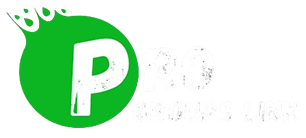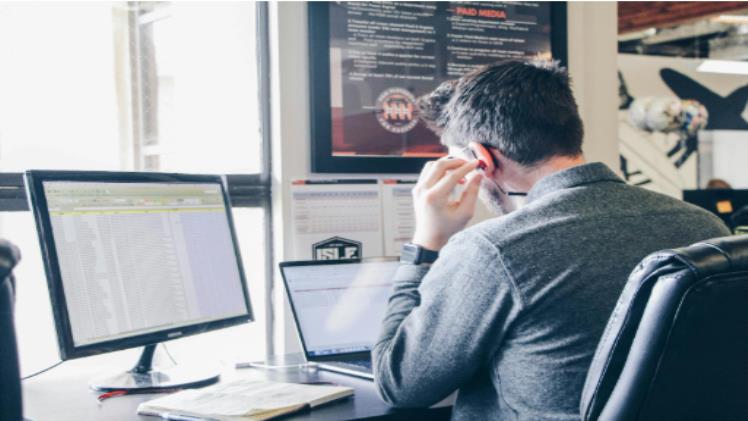Tips for Secure HIPAA Faxing
Secure faxing is crucial in the healthcare industry, where the privacy and confidentiality of patient information are mandated by law. The Health Insurance Portability and Accountability Act (HIPAA) sets the standard for protecting sensitive patient data. When transmitting health information via fax, it’s essential to ensure compliance with these regulations to avoid penalties and maintain the trust of patients and partners. Below, we’ll delve into the best practices for secure HIPAA faxing.
Understanding the Basics of HIPAA Compliance in Faxing

HIPAA outlines administrative, physical, and technical safeguards to protect the confidentiality, integrity, and security of protected health information (PHI). Healthcare organizations must prevent unauthorized disclosure of PHI during fax transmission and receipt. Understanding the basics of HIPAA compliance is the first step in establishing a secure faxing protocol.
Faxing in healthcare requires comprehensive controls beyond the machine itself. This includes securing the fax machine’s location and restricting access to authorized personnel to protect sensitive documents. Additionally, confirming recipient information before faxing is a simple but effective safeguard.
Traditional fax machines present compliance challenges, but internet-based fax solutions are gaining popularity. These solutions often include security features to help maintain HIPAA compliance. However, healthcare organizations must vet these services to ensure they meet security standards, as HIPAA-covered entities are responsible for ensuring their fax providers adhere to regulations.
Healthcare entities must stay informed about HIPAA requirements for sending and receiving facsimile (fax) transmissions. This includes understanding which data is considered PHI, the circumstances under which it can be legally disclosed, and how to maintain fax records properly. Familiarizing oneself with these details can substantially decrease risks associated with faxing patient information. Knowing how to use HIPAA fax services effectively is a significant compliance component.
Ensuring End-to-End Encryption for HIPAA Compliant Faxing
Alt text: Team members using their computers to ensure end-to-end encryption for HIPAA-compliant faxing
Encryption is a key requirement for the secure transmission of PHI. When faxes are sent via traditional phone lines, the risk of interception is notable. On the other hand, modern fax services utilize end-to-end encryption to safeguard information from the moment it leaves the sender to the moment it arrives at the recipient’s end.
HIPAA requires that covered entities implement reasonable and appropriate safeguards to protect PHI during transmission. Internet-based fax services often offer high levels of encryption, such as TLS or SSL, which are considered industry standards for secure communication.
Encryption alone isn’t sufficient if the documents are not securely handled at the endpoint. Healthcare organizations must also ensure that the receiving fax machines or devices are secure. This may involve configuring fax servers to send Protected Health Information (PHI) only to pre-approved, safe locations and ensuring that electronic Protected Health Information (ePHI) is encrypted both at rest and when being sent to or from a fax machine.
Beyond technical considerations, staff dealing with PHI must clearly understand encryption protocols and their implementation. Proper training can mitigate the risks associated with mishandling sensitive information. Organizations should ensure that their employees are equipped with the knowledge and tools necessary to maintain the confidentiality and integrity of Protected Health Information (PHI), adhering to encryption standards at all times.
Implementing Strict Access Controls and Authentication Procedures
Strict access controls are crucial in preventing unauthorized access to Protected Health Information (PHI). It is essential to distinguish between individuals authorized to send and receive faxes containing protected health information (PHI) and those who are not. Access should be restricted based on the principle of minimum necessary use, ensuring that individuals have only the information required to perform their job functions.
Authentication procedures are equally crucial in maintaining the security of sensitive information. This may include implementing unique user IDs and passwords for each employee, as well as additional measures such as smart cards or biometrics. Tracking who sends and receives faxes, along with the content of those faxes, is part of creating an audit trail that can be critical in the event of a security investigation.
Remote access to fax services adds another layer of complexity. For employees who need to send faxes outside of the traditional office setting, secure connections via virtual private networks (VPNs) or similar technologies are necessary. The goal is to ensure the same level of security as if the transaction were happening within the protected confines of the hospital or clinic.
Overall, secure HIPAA faxing relies on robust encryption, strict access controls, and well-informed staff to safeguard patient information. By implementing best practices and continuously monitoring compliance, healthcare organizations can ensure that their faxing processes meet HIPAA standards and effectively protect sensitive data.







